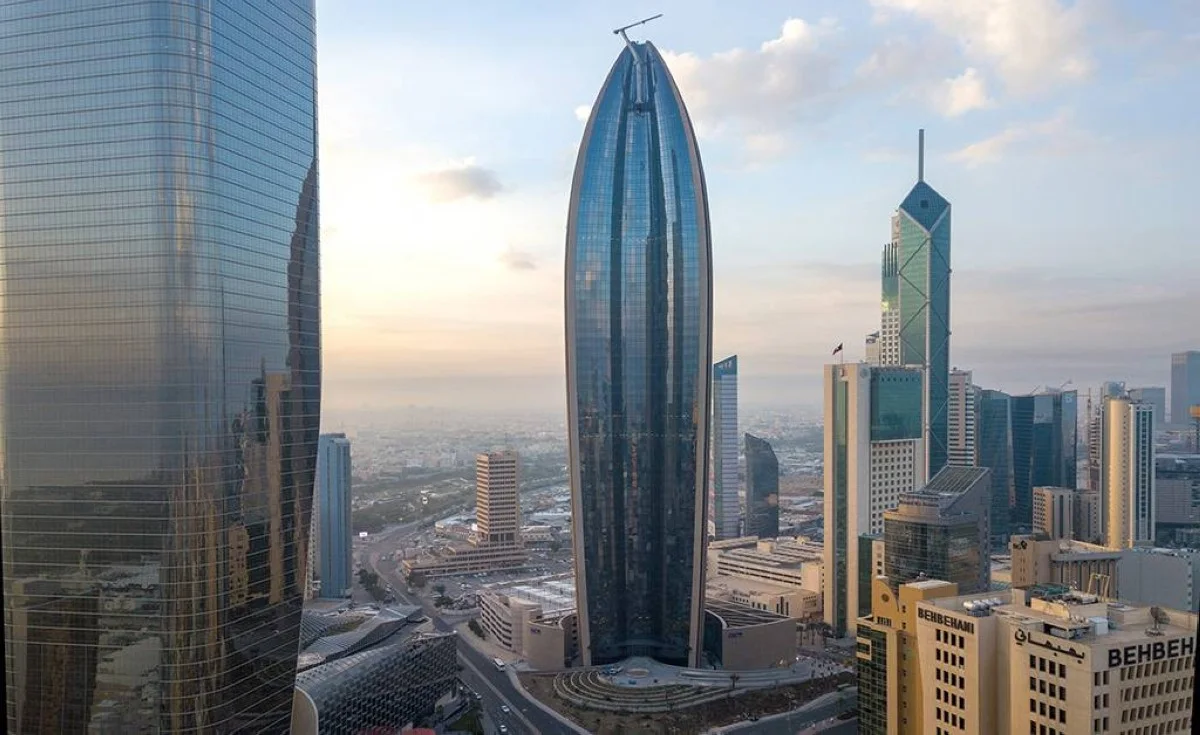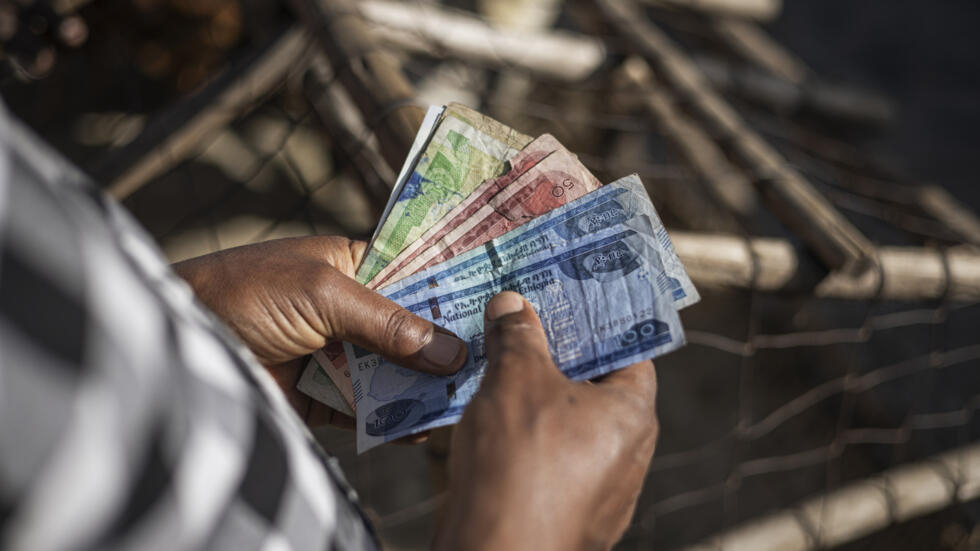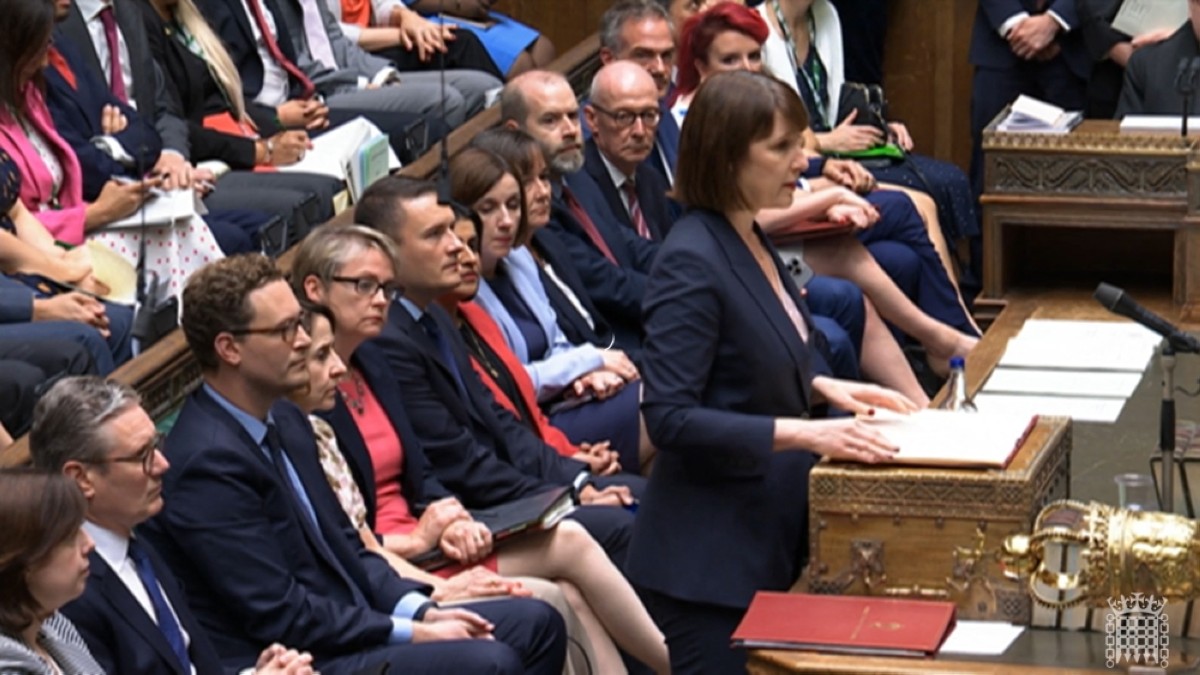Kuwait: New figures show GDP contracted
KUWAIT: After a long hiatus, official figures on Kuwait’s GDP have been published, with data up to Q2 2023. Real economic growth was negative in Q2 2023 at -1.3% y/y, with oil output weighed down by OPEC-mandated production cuts.

Non-oil growth improved after several negative quarterly readings, but remained disappointingly soft given other, more upbeat high frequency data. The release also came with substantial revisions to the historical data, which raised non-oil output in both 2019 and 2020, resulting in a much smaller negative impact from the pandemic than previously estimated.
The contraction in Q2 23 GDP was due to a decline in oil sector output of -3.9% y/y. Oil GDP largely tracks Kuwait’s crude oil production, which tends to move in line with the country’s participation in OPEC+ production policy and which, since H2 2022, has been focused on restricting output to support prices amid uncertain global demand prospects.
In Q2 23, Kuwait signed up to an additional 128 kb/d of voluntary cuts over and above curbs it agreed to in late 2022, lowering its crude production to 2.55 mb/d for the duration of 2023. Crude output is going to be reduced further to 2.41 mb/d through Q1 2024, following OPEC’s November decision to take additional steps to balance the oil market.
Meanwhile, non-oil activity grew 1.5% y/y in Q2, a sharp improvement on the 0.9% y/y contraction recorded in Q1. Growth in Q2 was driven by strong gains in the transportation (+35%) and construction (+21%) sectors, with the latter reflecting the rebound seen in project awards witnessed in recent quarters. Combined, these two sectors added 2.5% points to year-on-year non-oil GDP growth in Q2. (Chart 2.) On the other side, growth in the utilities (-5%), communications (-1.6%) and manufacturing (-1.6%) segments was in negative territory.
The reported contraction in manufacturing output seems at odds with the expansion in the oil refining sector, which usually accounts for around half of all manufacturing output. Data published by the international Joint Organizations Data Initiative showed refining output surging 45% y/y and 32% y/y in Q1 and Q2, respectively, boosted by the commissioning and launch of the 615 kb/d Al-Zour refinery at the end of 2022.
Overall, the picture painted by the recent data is less rosy than we had anticipated. Non-oil growth in H1 2023 stood at just 0.2% y/y, an improvement on the end of 2022 though still short of what was being signaled by solid growth in other indicators during the same period, such as bank card transactions (a proxy for consumer spending, which grew 10% y/y in cash terms) and imports (+9%). We acknowledge that these provisional GDP data are subject to change in future releases, and we also see scope for growth to have picked up in H2 23, continuing the improvement recorded in Q1.
Still, if unrevised, the latest numbers would make our full year 2023 non-oil growth estimate of 3.6% difficult to achieve. Conversely, however, the weak 2023 base would make meeting our 3.4% non-oil growth forecast for 2024 easier.
As mentioned above, there were also some substantial revisions to the historical time series, especially in 2019 and 2020. The level of real non-oil GDP was raised in 2019 by 4% and in 2020 by an eye-catching 13%. The latter was driven by huge upward revisions to output in the manufacturing, construction and telecommunications sectors, with previous data collection across the board disrupted by the pandemic, according to analytical notes from the Central Statistical Bureau that accompanied the data release.
The result of the changes is that non-oil growth in 2019 is marked up to 4.2% from the previous -0.1% and in 2020, even more strikingly, from -8.8% to just -1.2%. If left unrevised, Kuwait’s non-oil GDP performance in 2020 would place it first among its GCC peers in terms of resilience in what was the year of largest economic disruption during the pandemic. Oil sector GDP, by contrast, was unchanged from previous estimates.
Post-pandemic
Looking at the new, post-2020 figures, the message regarding the recovery from the pandemic is mixed. Non-oil growth rebounded 4.4% in 2021, which was stronger than our initial estimate of 3.8%. But this was followed by a sharp slowdown in 2022 to just 0.3%, much weaker than our estimate of 4.3% (which captured some of the expected increase in refining output from Al Zour).
Admittedly, slower growth was partly due to volatility in the ‘imputed bank service charges’ component, which was likely pushed up as interest rates rose, and a recorded increase in subsidies. Without these, non-oil growth would have been a somewhat better 1.7%. Also, the better-than-expected non-oil performance in 2020 raised the baseline and thus lessened the ‘catch up’ growth that would have otherwise been expected subsequently. Indeed, at face value Kuwait’s non-oil economy recovered from the pandemic remarkably quickly, topping pre-pandemic levels in 2021 rather than in 2022 as previously thought.
More broadly, the GDP figures provide an update on some structural features of the Kuwaiti economy. First, total GDP in nominal terms stood at KD56 billion in 2022, or $183 billion. This means Kuwait has the 4thlargest economy in the Gulf region (above Oman but below Qatar) and represents 8% of GCC GDP overall. Second, the year-on-year decline in total GDP in Q2 23 reflects the continued outsized role of the oil sector in the economy, which accounted for a large 52% of GDP in 2022 in real terms (excluding refining).
In nominal terms, the oil sector accounted for a larger 55%– the difference reflecting the evolution of the sectors since the ‘base year’ of 2010 used for the national accounts. (An updated base year with a new set of weights would likely change this share, affecting the sector’s impact on overall growth. The direction of the shift would depend on the exact year chosen, but in general oil’s share of GDP has trended lower in recent years, averaging 42% in the five years to 2021.)For comparison, the hydrocarbon sector’s share of nominal GDP in 2022 stood at 44% in Qatar, 39% in Saudi Arabia and 30% in the UAE.
Third, between 2010 and 2022, total GDP grew at a compounded average rate of 1.8% per year in real terms, comprised of 2.5% per year for the non-oil sector and 1.3% per year for the oil sector. These structural features highlight the opportunity to press ahead with economic diversification to reduce the oil sector’s share of GDP closer to the levels of Kuwait’s GCC peers – something that can be achieved by boosting growth in the non-oil sector, which, at a trend rate of 2.5% in the past, is too low in our opinion. The government’s ambitions to increase investment and expand the role of the private sector in the economy are critical in this regard.











